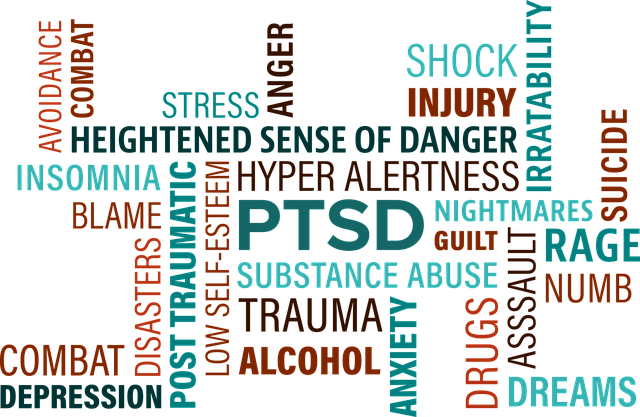Resilience is very much about “bouncing back” from adversity or setbacks. Richard Davidson in his research has shown that resilience can be measured in terms of the rapidity with which the body returns to its “baseline” – measured in terms of level of cortisol and the level of activation of the amygdala. He maintains that resilience is not acceptance or endurance of a toxic environment that is unjust or inappropriate.
Resilience can be built through developing life skills that enable you to move beyond significant adverse life events. Richard and his colleagues have identified conscious ways to build resilience by using meditation and mindfulness practices focused on developing bodily awareness, social connection, personal insight and life purpose.
Resilience does not lead to acceptance of a toxic situation but rather builds motivation and skill to address the situation effectively. Mindfulness practices designed to build resilience also strengthen your capacity to manage stresses experienced within a toxic situation by increasing self-awareness, enhancing self-regulation, improving clarity and calmness and releasing creativity.
Resilience and compassion: building motivation and capacity for action
In the previous post, I discussed social connection as one way to build resilience and compassion meditation (loving-kindness meditation) as a way to develop social connection. Professor David DeSteno, renowned psychologist and author of The Truth About Trust, maintains that the ability to build social connections through compassion (through assisting those in need) makes us more resilient over the longer term.
Kelly McGonigal, in her presentation on The Science of Compassion during the Mindful Healthcare Summit, maintained that compassion benefits everyone in a system – the person who shows compassion, the recipient, colleagues and witnesses (e.g. the hundreds of thousands of people who have witnessed the compassionate action by Mo Cheeks).
Kelly’s research and that of her colleagues suggests that people who undertake training in compassion (such as Compassion Cultivation Training [CCT] offered by Stanford University) become strong and resilient advocates for system change where people are suffering. She maintains that participants in CCT are more able to effectively change a toxic situation through their hope, courage, renewed energy and strong social connection. She suggests that this “very work of change is a form of compassion”. On reflection, compassion appeared to be the driver in an earlier reported case where participants used action learning to redress a toxic work environment.
As we grow in mindfulness through meditations designed to build resilience, we can increase our motivation and capacity to act effectively to change a toxic situation that is causing suffering for people. By building social connections through compassion, we not only strengthen our resilience, but also enhance our capacity to act effectively with hope and energy to address the suffering experienced within the toxic system.
____________________________________________
Image by Bruno Glätsch from Pixabay
By Ron Passfield – Copyright (Creative Commons license, Attribution–Non Commercial–No Derivatives)
Disclosure: If you purchase a product through this site, I may earn a commission which will help to pay for the site, the associated Meetup group and the resources to support the blog.








